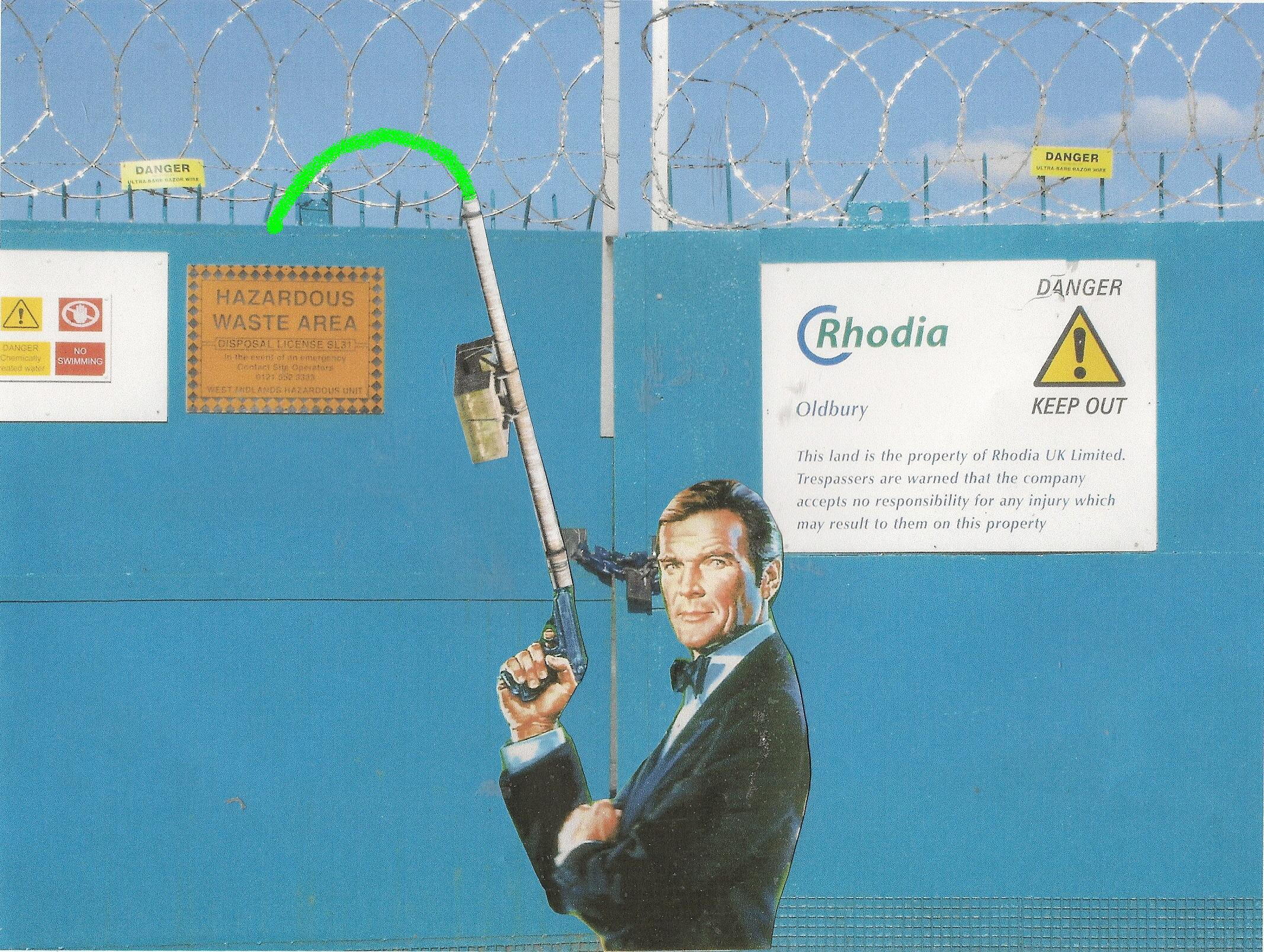THE DAYS BEFORE LICENCE SL31
It is clear that the quantities and types of waste deposited into Rattlechain lagoon before licensing were not recorded properly, a product of poor legislation on waste control at the time and now a convenient way of dodging awkward questions about such historic waste dumping. Anecdotal evidence, shows the dangers of waste disposal activities via canal transport. But what of the site itself and the dangers that it posed to potential receptors before licensing? Malcolm Edge in his memoir “A lads eye view of the canals in the 1950’s, 60’s and 70’s” demonstrates why licensing was needed.
He recalls, “ the cargo would be discharged into the open unfenced marlhole, which I vividly remember as a haven for young lads who used it as an adventure playground.”
“The white sludge was only a matter of inches below the surface and it was this fact that made it such an attraction to young lads.”
His recollections of how children would be able to handle the phosphorus contaminated waste like candyfloss on sticks and be able to skim stones to produce sparks is one that many local people have confirmed to be the case, as this 1957 press article proves.
James Price’s later recollection recalls “I was in the area of the marl hole on my way to Tividale. I noticed the water was a very bright blue. I saw two lads skimming bricks across the top of the water trying to make sparks. I also noticed they had put a fence around the pool and a notice saying “No swimming, Danger.”
Mr Edge concludes “When I look back now at the consequences of somebody falling into it, it is frightening especially when you think of the boatmen working with it every day and walking from stern to bow along planks”
It would be interesting to research what long term health effects were suffered by children playing around this pool as well as those directly handling the waste itself, and this was not addressed by The Health Protection Agency Human health risk assessment. It is certain that P4 was present in very large enough quantities to ignite and was nearer or above the surface of the water at this time. Albright and Wilson were still actively producing the chemical in massive quantities. This is no “myth” , it is a fact and a scientific fact at that, given the irrefutably accepted nature of the chemical and reasons for storing it under water. A source- pathway and receptor relationship is clearly identifiable in this process.
When licensing came however, it was not the solution that was needed. We will show how both the companies involved at this site, and its regulators failed woefully to understand the consequences of continuing to allow toxic waste to be deposited in an open air pool.


